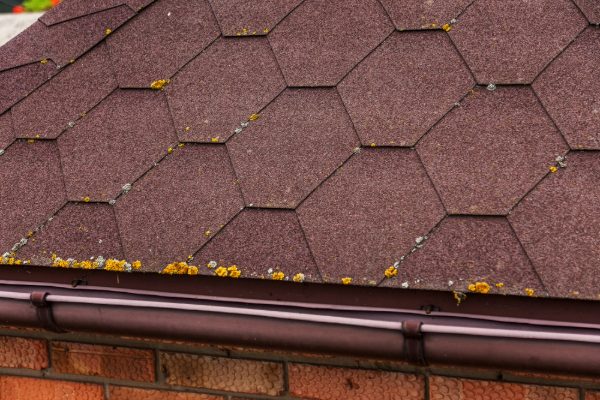The Best Roofing Material for Hot Humid Climates
In hot, humid areas, careful selection of roofing materials is essential to ensure optimized performance and longevity. So, what is the best roofing material for hot humid climates?
In order to avoid the algae growth, mold and mildew that thrive in damp environments, contractors should recommend moisture-resistant materials like metal, slate or asphalt with chemical algaecides.

Metal Roofing: Moisture-Resistant and Durable
Rust-resistant and waterproof, metal roofing resists algae and the unsightly staining and black streaking that often comes with it. Both aluminum and steel offer durability and a long life expectancy, and can stand up to severe weather conditions and extreme temperature fluctuations.
Copper is another interesting, if expensive, option for customers who want a unique roof. Exposure to air and water oxidizes the copper and creates a green patina that protects the copper from corrosion. Consequently, copper is a good fit for coastal areas with high levels of salt and moisture in the air.
While metal can handle some condensation, the roof system must be carefully designed and installed with vapor retarders, insulation, ventilation and moisture barriers. In some cases, a breathable synthetic underlayment is recommended to allow moisture to dissipate through the membrane. Additionally, there should be adequate space between the decking and the roofing surface.
Slate and Asphalt
While it comes with a premium price tag, slate is another viable option. If properly installed, slate really is the best roofing material for hot humid climates because it can withstand the elements for up to a century.
On the other end of the cost scale is asphalt, which is one of the most common roofing materials in the U.S. Choose a shingle product with a built-in algae deterrent to prevent algae from thriving on a moist roof in high humidity zones. These additives prevent unsightly black streaks, staining and other forms of discoloration.
High Humidity Zones
How do you know if your local area is in a high humidity zone (other than by the sweat on the back of your neck)? The U.S. Department of Energy's Building America project offers a useful map of the country with color-coded climate zones like "hot humid" and "mixed-humid." Along with the map, Building America lists the International Energy Conservation Code climate zone and moisture regimen of every county in every state (as of 2015). Many of the most humid counties are found in coastal Washington, Oregon and northern California; eastern Maine and North Carolina; and along the Alabama-Florida border.
Check out the climate codes in your area to see if you should be recommending and installing roofing materials that are suitable for high humidity conditions.